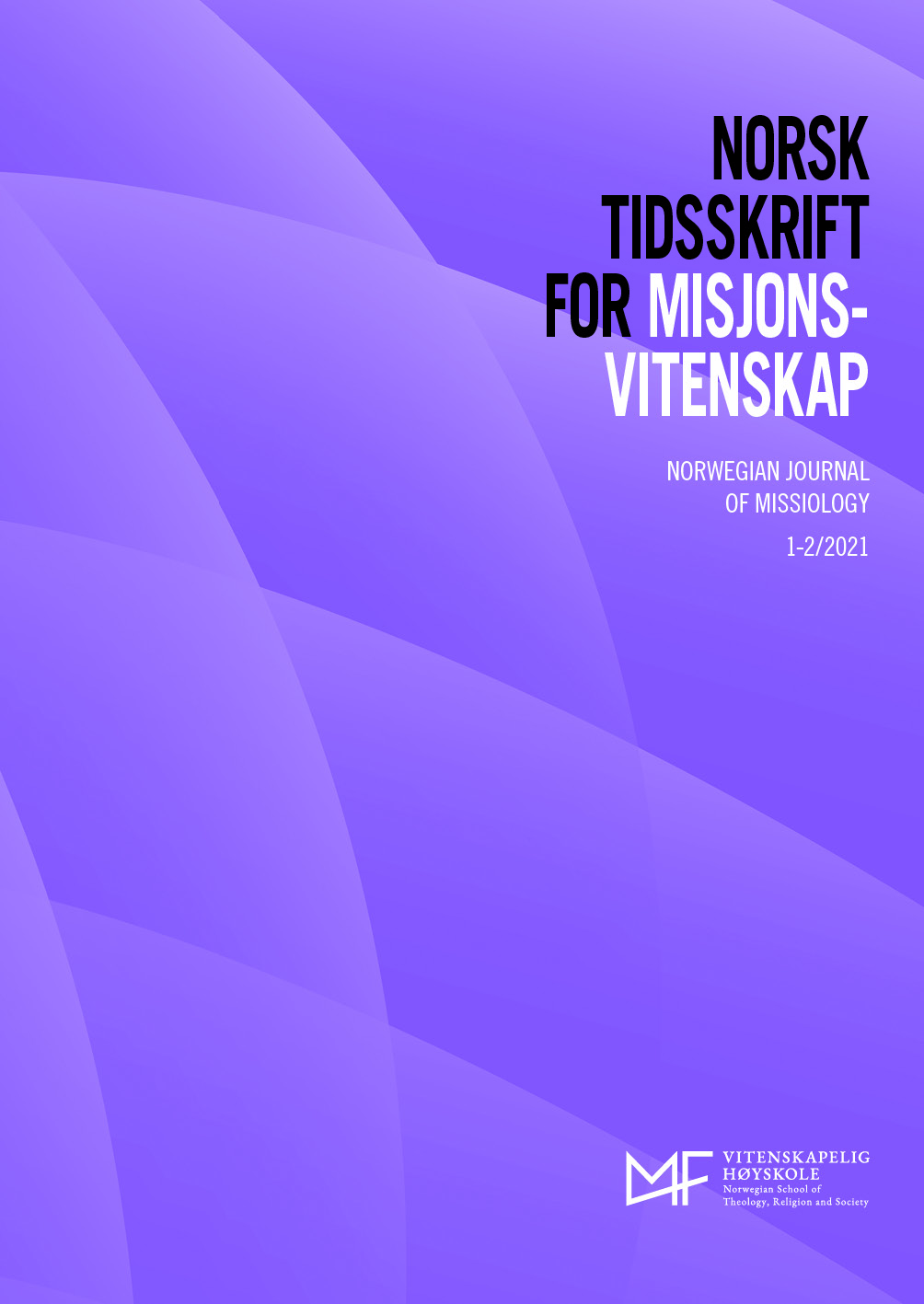Haugianere i Amerika
DOI:
https://doi.org/10.48626/ntm.v75i1-2.5429Resumé
In this article, we discuss the push and pull factors for Haugeans to join the first, organized emigration from Norway to America in 1825. The Haugeans represented early revival Christianity with the personal, religious choice, and responsibility for their own lives and future both here and beyond. The social relations were lifted out of the traditional, steadfast class society, and were reorganized and linked to the society of friends. The Haugeans’ training in social mobility is an important prerequisite for emigration. We look into the development of Haugeanism in the Norwegian settlements, from the first, vital role of the Haugean preachers to the gradual institutionalization in the late 1840s. Both synods and colleges bore Hans Nielsen Hauge’s name in America. The Haugean synods gradually became more marginalized towards the turn of the 19th century, as most Norwegian-Americans chose to join other Norwegian synods. Hans Nielsen Hauge nevertheless retained a central place in the Norwegian-American consciousness.
Downloads
Metrik
Downloads
Publiceret
Nummer
Sektion
Licens
Copyright (c) 2021 Norwegian Journal of Missiology

Dette værk er under følgende licens Creative Commons Navngivelse – Ikke-kommerciel – Ingen Bearbejdede Værker (by-nc-nd).
Norsk Tidsskrift for Misjonsvitenskap er i dag et digitalt tidsskrift som er tilgjengelig gratis for alle. Artikler gjøres offentlig tilgjengelige med en såkaldt Creative Commons lisens CC BY-ND på tidsskriftets hjemmeside. Dette innebærer at alle står fritt til å gjenbruke artikkelen under forutsetning av at opphavspersonen blir navngitt.





